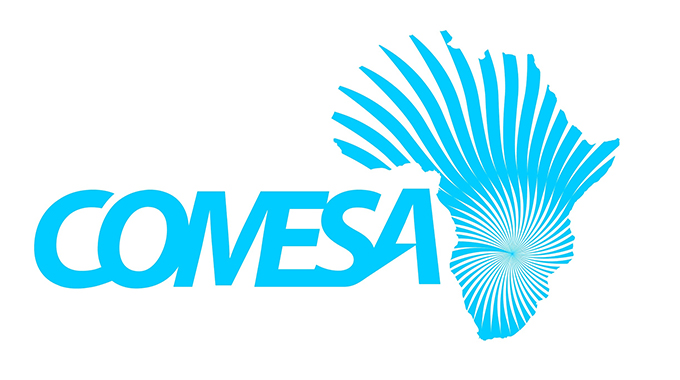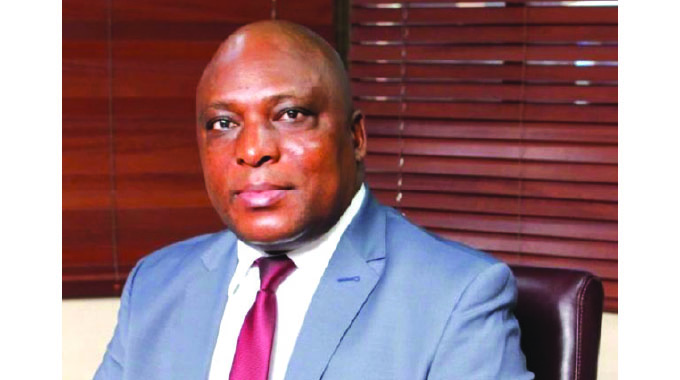COMESA develops regional policy on solar products

Elita Chikwati
Features Editor
Regional policy frameworks have been developed to stop low-quality solar energy products entering and circulating in Eastern and Southern Africa and to ensure customs regulations for these products are harmonised, both moves designed to encourage manufacture, trade and use of solar power in the region.
The Common Market for Eastern and Southern Africa (Comesa) had found low-quality products had eroded the confidence in the reliability of solar energy as a viable solution to electrification challenges, so has been working to set proper standards.
The frameworks will also address the issue of variances in customs duties.
Studies found that the high level of variances in customs duties across the region had been a hindrance to trade and the adoption of off-grid renewable technologies.
In a statement, Comesa said so far developed were the Comesa Model Solar Standards, the Comesa Model Common Customs Tariff Framework for Solar Products and the Comesa Model Energy Policy.
These were presented to experts in energy, customs and standards from member states during a validation in Lusaka which ends today.
The model solar standards and customs tariffs are intended to promote common standards across the region to spur trade among the member states.
This will enable the manufacturing of products in any country for sale anywhere without fear of standards incompatibility.
The model standards have been vetted by the International Electrochemical Commission (IEC) and the African Electrotechnical Standardization Commission (AFSEC).
The Comesa Model Energy Policy is meant to provide a framework with key issues that should be included in energy policies at the member states’ level.
The policy was developed in 2008 and has become imperative to review it to cover emerging issues including climate change, e-mobility and renewable energy.
Comesa director of infrastructure Mr Jean-Baptiste Mutabazi said most Comesa member states were lagging behind with regard to the development of energy infrastructure even though commendable progress had been made over the years.
The validation workshop was supported under the Regional Infrastructure Finance Facility, which is a World Bank-supported project for facilitating an enabling environment and providing credit financing for infrastructure investment in Comesa, and the Trade and Development Bank.
The finance facility is a $425 million project co-implemented by the Trade and Development Bank and Comesa to promote economic transformation and regional integration in Eastern and Southern Africa by extending long-term development capital to catalyse private sector investment into infrastructure.
The bank’s share is a credit component of $415 million.
Under the finance facility, Comesa is providing technical assistance to member states through the development of policy and regulatory frameworks, assisting member states in domesticating these frameworks, facilitating peer-to-peer learning, and organising capacity-building initiatives.
“We, therefore, stand ready to support our member states towards the achievement of their goals and aspirations,” said Mr Mutabazi.
Zambia Ministry of Energy director Mr Arnold Simwaba said with advancements in solar technology and the reduction in price, solar technology would form part of the energy mix for electricity generation and off-grid solar will also be a viable alternative for electrification.
“To ensure that our people are protected from poor quality products we need to have standards that the region can use as a benchmark,” he added.









Comments